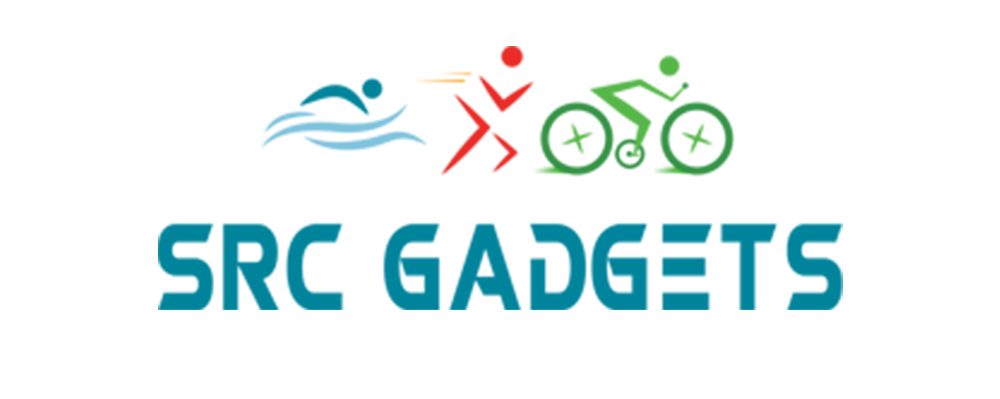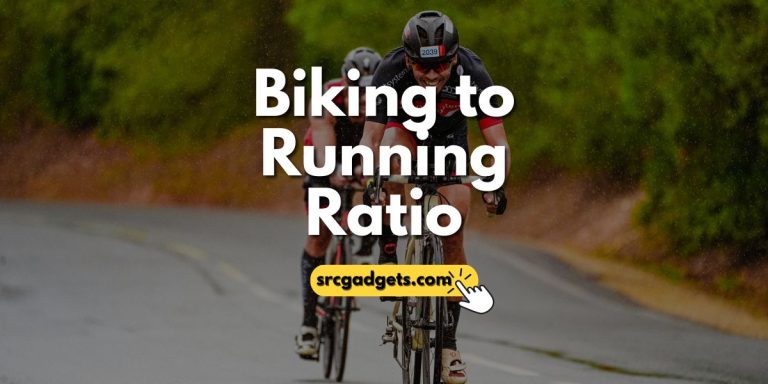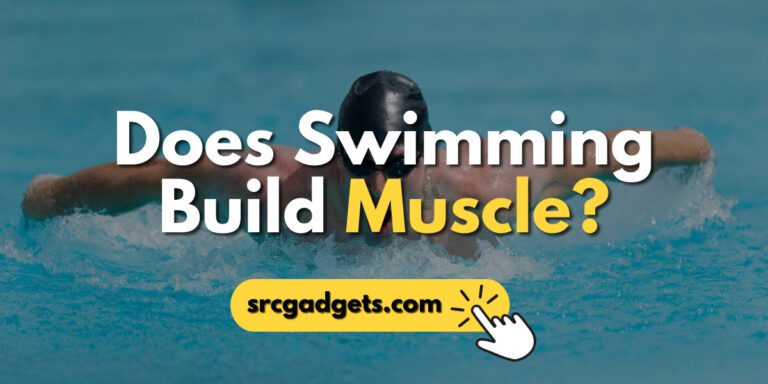Is an Expensive Bike Worth It for Triathlon?
When training for triathlons, you may wonder if you need an expensive, high-end bike. There’s no denying the appeal of lightweight carbon frames and advanced features. But with price tags in the thousands, are premium bikes worth it?
In this post, I ll dive into the pros, cons, and alternatives to help analyze if expensive tri bikes are right for your triathlon goals.With the right perspective, you can make the smartest choice for your triathlon goals and budget.
Benefits of an Expensive Bicycle for Triathlons
It’s easy to get mesmerized staring at the top-shelf tri bikes with their integrated aerodynamic frames, electronic shifting, and space-age materials. Brands hype up the cutting-edge technology and race-ready features. But let’s dig into some of the specific benefits these bikes tout:
Improved Aerodynamics
The frame shape, especially the downtube and seat tube, is engineered for straight-line speed. Wind tunnel testing helps craft tube profiles that slice through the wind with minimal drag. Reduced drag equals higher sustained speeds and improved efficiency on the bike leg. Saving 30-60 seconds on a 40k bike ride can be a big advantage.
Enhanced Fit and Handling
Many high-end triathlon bikes offer more aggressive frame geometries catered to the aero position. Steeper seat tube angles on triathlon bikes optimize your body position for sustained power output. Rotating your upper legs forward allows you to generate continuous force through each pedal stroke during the cycling leg.
It also facilitates getting in and out of the aero position. The more forward position on a tri bike can also make the bike-to-run transition smoother.
Advanced Features
Electronic shifting for quick, crisp gear changes under heavy exertion. Integrated storage and hydration systems so you can stock nutrition and liquids on the frame. Out-front bento boxes and water bottle mounts for easy access. Disc brakes for confident stopping power in wet conditions. These features optimize the bike for race day.
Examining the Drawbacks
While a fully decked-out tri bike can seem like a game changer, there are some significant drawbacks to consider:
The Price
High-end tri bikes range from $5,000 to $10,000, sometimes more. The latest component groups (electric shifting carbon wheelsets) add even more to the total cost. That’s a major investment, equivalent to a down payment on a car for most people. You need to seriously analyze if shaving a few minutes on race day is worth the price.
Maintenance and Repairs
These high-performance machines demand specialized care and maintenance. A compromised cable or damaged component can take them out of commission. And replacement parts are very expensive. Not everyone has access to service and tune-ups by qualified tri-bike mechanics either.
Proper maintenance requires time and money, which not all athletes have. Neglected repairs can lead to dangerous mechanical failures at high speeds. And hence, costs add up quickly.
Marginal Gains Over Mid-Range Bikes
While aerodynamics, weight savings, and speed matter, mid-range bikes have come a long way, too. Depending on course conditions and the rider’s ability, the performance gaps may not be as significant as the manufacturers claim.
The difference in seconds may only matter for elite professional racers, not amateur triathletes. Mid-range bikes offer excellent quality and performance at a more affordable price point. For many, the marginal gains of a high-end tri bike may not justify the additional expenses.
Alternatives to Breaking the Bank
The good news is you don’t have to spend a fortune on a bike to compete in triathlons. Here are some smart options to consider:
Buy Used
Check online classifieds, forums, and resale sites for quality, pre-owned tri bikes. With some patience, you can find great deals on bikes that are 1-3 years old and in lightly used condition. Just be sure to have a mechanic inspect any bike before purchasing.
Just be sure to have a mechanic inspect any bike before purchasing. Buying used can save you hundreds or even thousands compared to new. Be picky and wait for the right deal on a bike that’s been well cared for.
Prioritize Components
Look for bikes with high-end component groups like Shimano Ultegra or SRAM Force. These deliver 90% of the performance of the top-tier groups at a more affordable price.
Quality components on a carbon frame can get you very close to the benchmarks of superbikes. Mixing mid-range and high-end components is an effective way to balance cost and performance.
Strategic Upgrades
Transform your current road bike into a tri machine with some choice upgrades – aerobars, tri-specific saddle, race wheels, and clip-on storage. Often, you can get 80% of the tri functionality at 20% of the price of a new bike. Upgrading incrementally spreads costs over time. Focus on the components that will give you the biggest aerodynamic gains first.
Aluminum Frames
Consider high-quality aluminum frames which can deliver excellent performance and durability at half the price of carbon fiber. Brands like Quintana Roo, Cervelo, and Felt offer race-ready aluminum bikes. Aluminum has come a long way in mimicking the smooth ride of carbon without the exorbitant costs.
The Verdict: Is It Worth It?
Is a high-end triathlon bike worth the investment? While some swear by the benefits of top-tier bikes, others find mid-range or budget options sufficient. Your choice should align with your triathlon goals, budget, and priorities.
Remember, while a superbike offers advantages, your fitness and skill play a crucial role. Make informed decisions to find the bike that meets your aspirations. Share your experiences and choices in the comments!





